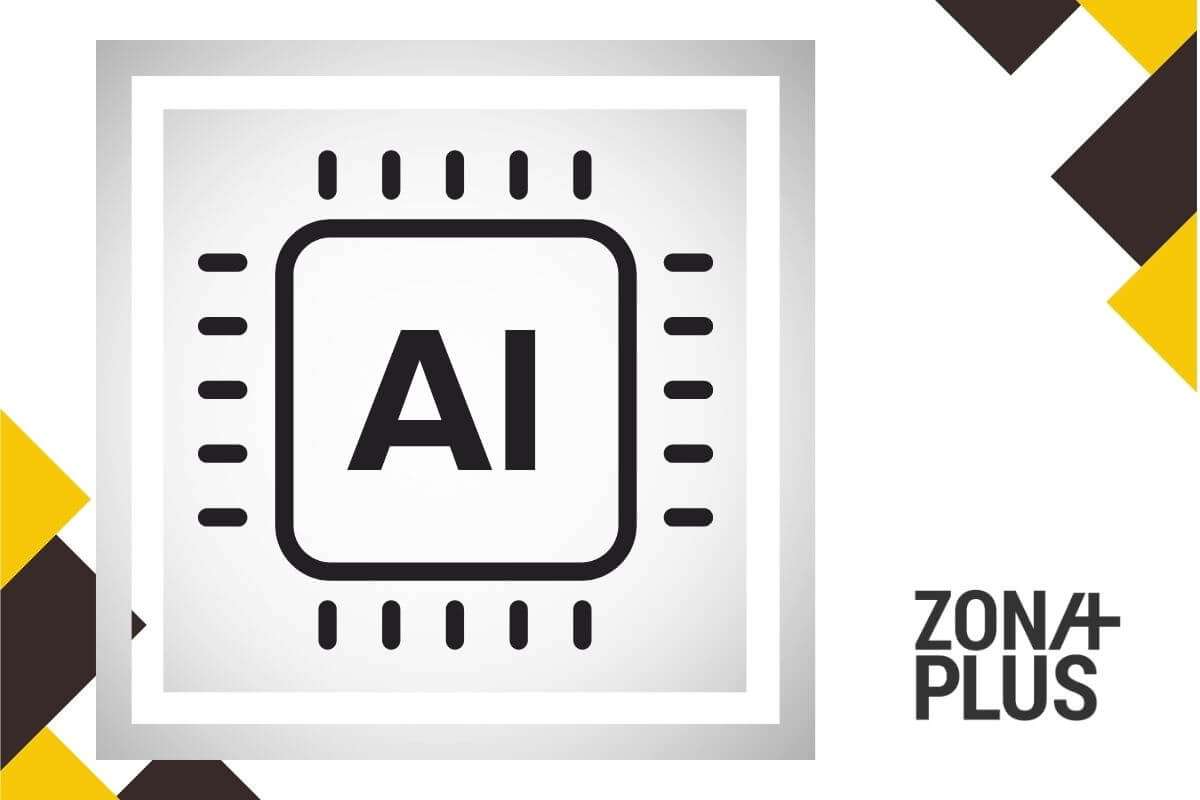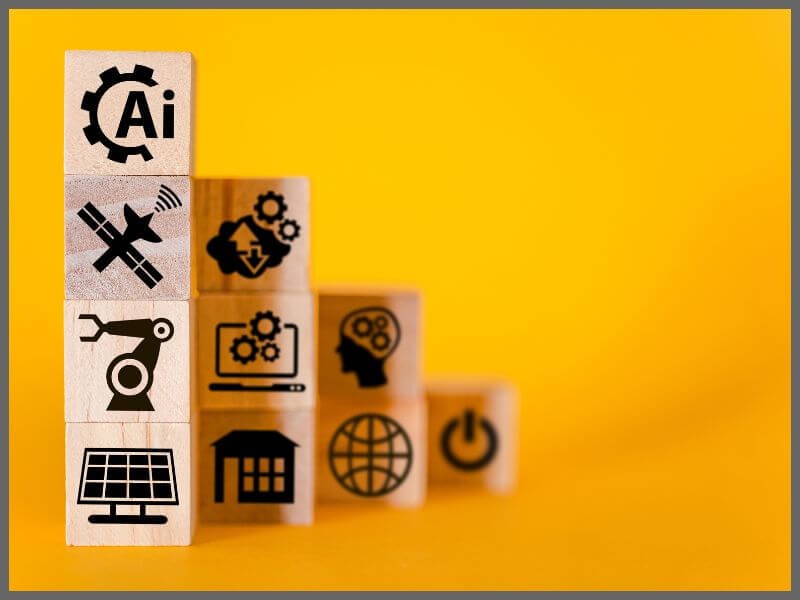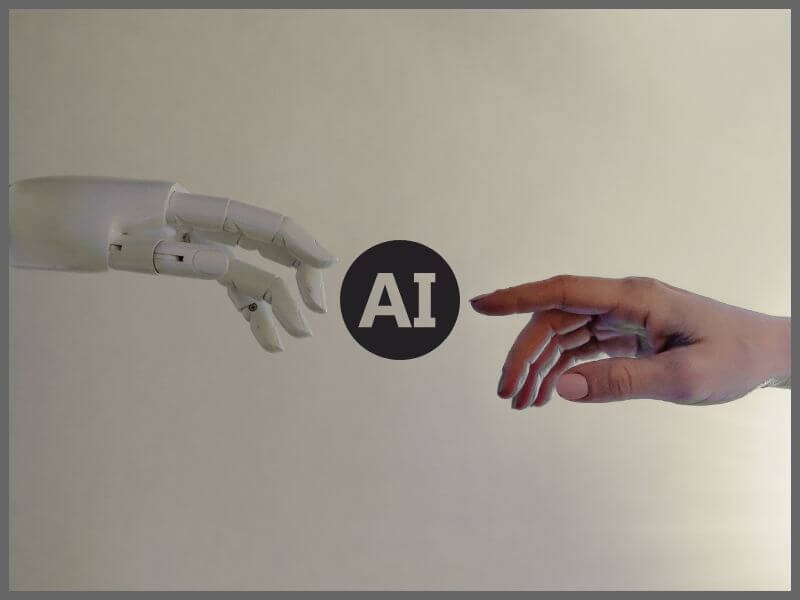
When it comes to content, the saying has always been Content is king. Today? Content is algorithm. In just a few years, artificial intelligence has changed a lot in content marketing. And the question isn’t whether we should use AI in marketing, but how to use it smartly, efficiently, and authentically.
Artificial intelligence in content marketing doesn’t mean robots will take over copywriting, writing texts, and everything else. Using AI means relying on advanced algorithms for processing language, images, and data to speed up (and ease) workflows and improve the quality of communication.
We’re no longer talking just about smart tools but about completely new approaches to creating, testing, and optimizing content.
Imagine having a system, a digital assistant, that can work 24 hours a day, 7 days a week.
Such a system can:
And all of this is no longer science fiction we used to see in movies. This is our reality.

AI models like ChatGPT and Gemini can generate text in seconds. Of course, with review and editing by a real person, but the time savings are significant.
This is especially useful for writing blogs, product descriptions, and internal communication.
The benefits are most visible in situations where:
According to research, 67% of marketing teams in small and medium-sized companies already use AI to create written content.
Video and visual content have become essential. Tools like RunwayML and Pika generate videos based on text, while Midjourney and DALL-E offer customized visuals.
Concrete examples of use:
Canva already has built-in AI features for creating visuals, and on Adobe you can use Generative Fill options that speed up (and improve) design.

AI has completely changed the way we optimize content for search engines.
Instead of relying on gut feeling, tools are now used that analyze competitors, search engines, and user behavior in real time.
Based on that, AI suggests the best titles, text structure, topics, and keywords.
Tools like Clearscope, MarketMuse, and Frase use machine learning to:
These tools help you stay competitive and make smarter decisions about content, even when you don't have specialized resources available.
AI doesn’t just analyze what’s already published, it can also suggest what to publish next. It recognizes patterns in successful posts and proposes topics that could achieve similar results.
Based on audience data, seasonality, and trends, AI can suggest what, when, and how to publish next.
This means:
It is predicted that already around 75% of content strategies use AI, at least in the planning phase.

If you’re sending a newsletter, it shouldn’t be the same for everyone. With the help of AI tools, it’s possible to analyze user behavior, such as clicks, visits, time spent, and create content tailored to groups or each recipient individually.
For example:
1. Different versions of newsletters depending on previous purchases
AI systems can analyze data from your customer base – what someone bought, when, how often. Based on that, the algorithm can generate different versions of newsletters relevant to each individual.
Tools: Klaviyo, Mailchimp (with AI add-ons), Salesforce Marketing Cloud
2. Personalized product or service recommendations
AI tracks user behavior patterns and offers suggestions based on their interests and activities.
For example, if someone adds a product to the cart but doesn’t buy it, AI can send a reminder email.
Tools: Dynamic Yield, Adobe Target, Recombee
3. Website content that changes according to visitor interests
AI can “read” visitor behavior on the web (which pages they view, how long they stay, what they search for) and based on that, adapt the content the visitor sees.
Technologies: Webflow + Mutiny, Hubspot Smart Content, Optimizely
4. Automatic dynamic ad placement for remarketing
Once AI identifies visitors who showed interest (e.g. viewed a product but didn’t buy), it can automatically generate and display personalized ads:
Platforms: Meta Ads + Advantage+ AI, Google Ads + Performance Max, Criteo
Statistics for 2024 show that personalized content increases conversion by an average of 32%.

AI is by no means a replacement for human creativity, but a tool that speeds up and simplifies processes.
Content that evokes emotions, builds trust with people, and communicates your brand’s values still needs a human touch.
And that’s exactly why more and more brands are seeking authenticity and personality through compelling stories – something AI cannot produce independently.
For small businesses or those with limited budgets, AI is a great opportunity, where you can get more for less. That means lower costs, more consistency, better results.
For example:
AI tools can mistakenly produce misinformation (so always double-check) or plagiarism, because it “reads” huge amounts of text from the internet and then uses that to suggest what might make the most sense for you.
There is also a risk of generic content, which sounds soulless and lacks personality.
That’s why human oversight is crucial. Realistically, it can't work any other way.
People need to set the tone, choose the direction, recognize/correct context.
AI is a tool, and the human is still the one who controls it.

This is not the year AI arrives.
This is the year we learn to use it smartly. Artificial intelligence can be a powerful ally, but only if it’s in the right hands.
Having AI tools is not enough. You need to know how to work with them. You also need a strategy.
For integrating AI tools into your existing processes, setting proper metrics, and regularly adapting, knowledge and experience are necessary.
Thinking about how to improve your content marketing?
Don’t leave it to chance – contact us and find out how to work smarter, faster, and better.

Also, sign up for our newsletter to be the first to get practical tips, tools, and real-world examples that can truly help you. 
Sources:
CMI – Content Marketing Institute
Salesforce
Gartner